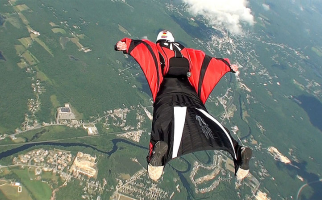
Soaring for Sport
STEM Explained
Ever dreamed if overcoming gravity and flying away? Using aerodynamics, wingsuit jumpers get as close to flight as humanly possible.
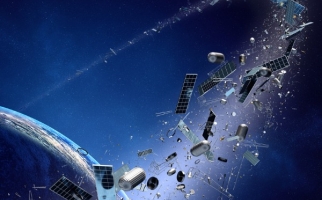
Space Junk
STEM Explained
Litter isn't just a problem on Earth. When litter ends up in space, it can cause collisions and other consequences for satellites, the International Space Station and even for people on Earth!
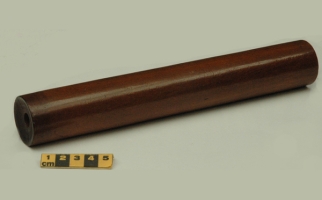
Stethoscope Replica
Interactives
Using stethoscopes, doctors can use sound waves to detect various health issues. Learn how this device has evolved since it was invented in 1816!
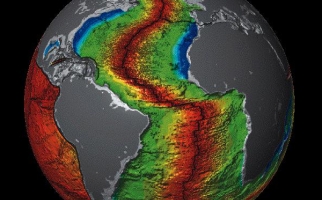
Plate Tectonics
STEM Explained
The surface of the Earth is constantly moving, and earthquakes and volcanoes occur, because of plate tectonics.
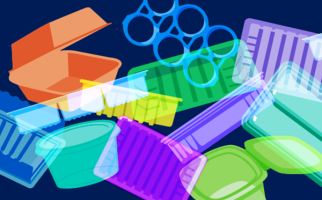
Polystyrene: The Pros, the Cons, the Chemistry
STEM Explained
Learn the organic chemistry behind this very useful plastic. Why is recycling polystyrene hard? Why does polystyrene often end up as solid waste?
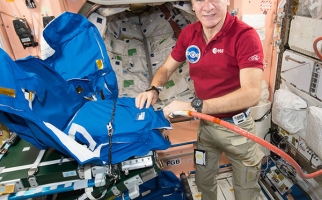
Radiation and Human Space Exploration
STEM Explained
One of the greatest hazards that humans in space face is cosmic radiation. Learn what cosmic radiation is, why it's dangerous, and ways that we are looking at protecting humans in deep space.
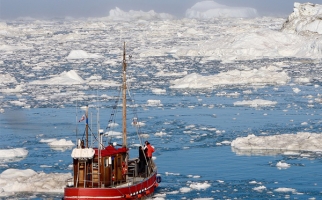
Reaching the Arctic
STEM Explained
How will arctic ice melt from climate change affect exploration, scientific research and geopolitics?

Searching for exoplanets around the star next door
STEM Explained
In planetary science, astronomers have found planets that orbit other stars, just like Earth orbits the Sun. Some of them might even be able to support life.
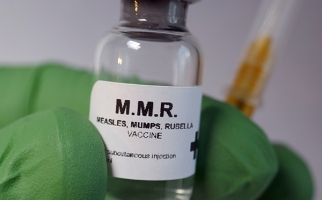
Measles and Measles Prevention
STEM Explained
Learn about the measles virus, its impact and vaccination for prevention of the disease.

Meringue: The Science Behind a Wonderfully Fluffy Dessert
STEM Explained
Learn about the biochemistry of cooking meringue.
Microbial Fuel Cells
STEM Explained
In a few decades, some of the electricity you use might be generated by bacteria.
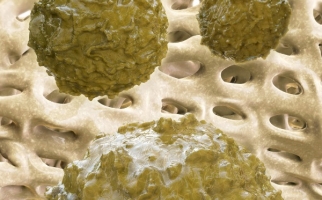
My Stem Cell Donation Story
STEM Explained
In April 2016, Let’s Talk Science volunteer Daniel Tarade donated stem cells to help a person who needed a stem cell transplant to survive. Learn what stem cells are, how and why people donate, and what Daniel’s experience was like.
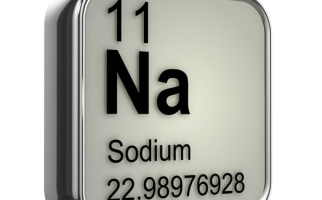
Na Na Na Na (Hey Hey Hey) Sodium!
STEM Explained
Sodium is a useful chemical element. You consume it as table salt regularly. Learn about salt mining, sodium uses, and what problems too much sodium can cause.
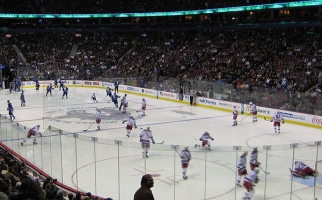
Keeping the Rink on Ice
STEM Explained
Learn about the chemistry of ice skating rinks, and the technology & engineering that lets us enjoy them indoors as well as outside.
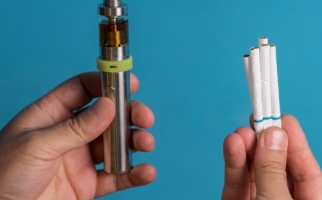
Is Vaping Safer Than Smoking?
STEM Explained
Learn how e-cigarettes and other vaping products work, and why scientists and health professionals have concerns about their safety.